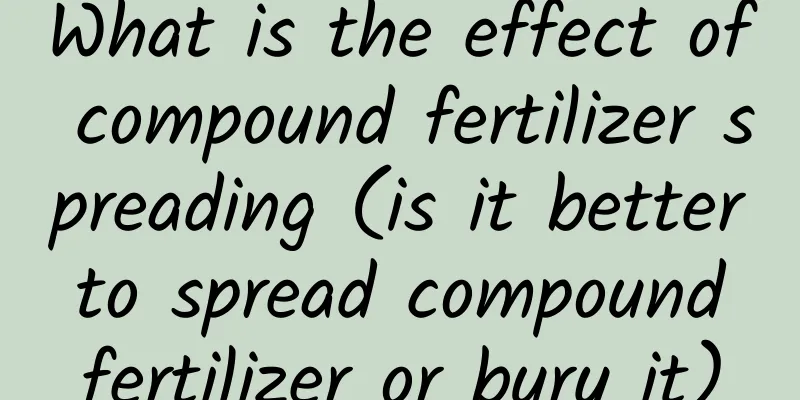How to move the pot of Ping Pong Chrysanthemum

1. Remove the potRemove the chrysanthemum from its old pot. Be careful not to damage the plant's roots when removing it from the pot. After taking it out, you can gently shake it off to clean up some of the old soil attached to the roots. Shake off all the soil, the plant will recover more slowly after re-potting. 2. Choose a flower potBefore moving the pot, you should choose a new pot. The size of the pot should be appropriate, not too big or too small. There must not be a situation where the plant is small and the flowerpot is large, or the plant is large and the flowerpot is small. Both situations are very detrimental to the growth of the plant. 3. Prepare the soilYou also need to prepare new soil suitable for its growth. You can use loose, well-drained loam. It should be disinfected before potting, and every time you move the pot, you should add some fertilizer so that the soil in the pot has nutrients to maintain its growth. 4. Start moving the potFinally, plant the plant in the new potting soil. You need to water it sufficiently right after moving the pot, and do not place it in the sun immediately. It takes some time to recover after repotting, and after it adapts to the new potting soil environment, it can be maintained normally. |
>>: How to propagate hibiscus by cuttings (with illustrations)
Recommend
Common flower seed germination methods
Water immersion treatment The seeds of flowers su...
Can alfalfa be grown in the south?
Can alfalfa be grown in the south? Alfalfa can be...
Key points and techniques for fertilizing Chinese cabbage (mastering these fertilization techniques is the key)
Cabbage is a traditional Chinese vegetable, and a...
Can I keep the small buds grown by the Master plant alive if they are knocked off? (Propagation of new buds grown on the Master plant by cuttings)
Can the newly grown buds of the Master survive by...
What are the cultivation methods and precautions of Tiger Thorn Blossom?
How to cultivate Euphorbia pilosa Euphorbia milii...
How many times can potatoes be planted in a year?
Potato , also known as Solanum tuberosum, is a pe...
How long does it take for juniper cuttings to take root?
Rooting time of juniper cuttings When taking cutt...
Is the hanging bamboo plum poisonous? Can it be grown indoors?
Is the hanging bamboo plum poisonous? Is the hang...
Cultivation methods and precautions of colorful peacock arrowroot
The colorful peacock arrowroot is relatively easy...
When is the best time to plant carrots?
The right time to sow carrots Carrots belong to t...
Is it good to water flowers with sugar water? The benefits of using sugar water to water plants and flowers
Is it okay to water flowers with sugar water? It ...
Cultivation methods and precautions of jasmine
Forsythia is one of the first flowers to bloom in...
How to make coconut sprout quickly
Coconut germination environment Coconut prefers a...
How to grow the fragrant vine well and luxuriantly
1. Soil If you want it to grow well and luxuriant...
Cultivation methods and maintenance of old Catharanthus roseus piles
Method of cultivating old piles of Catharanthus r...









